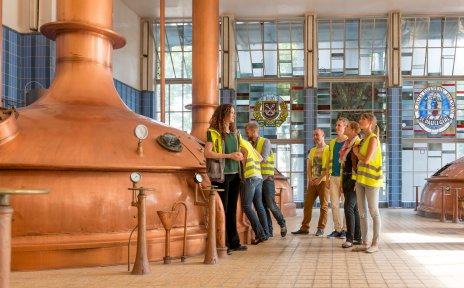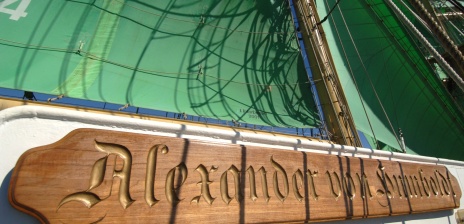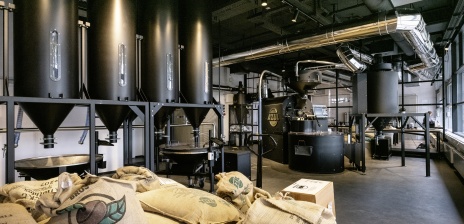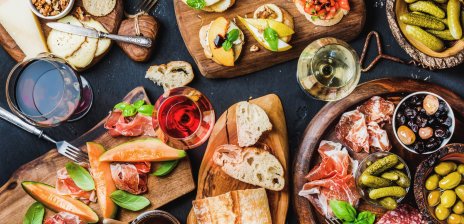Culinary Bremen
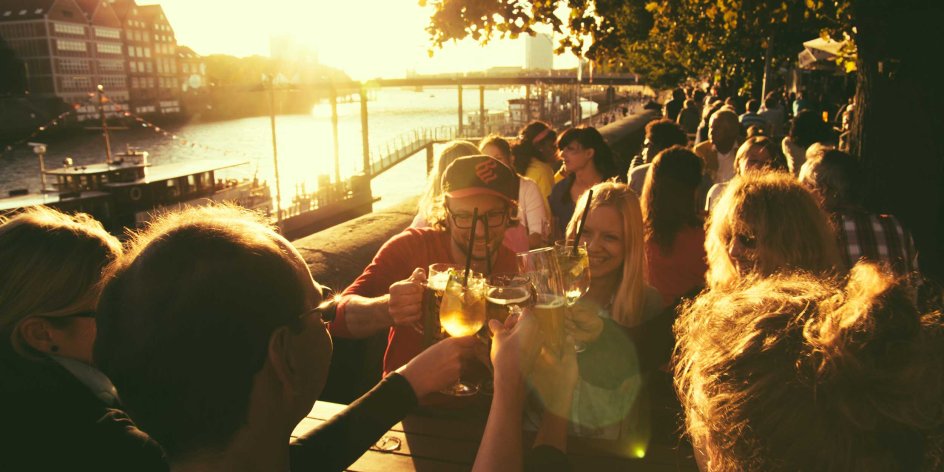
© BTZ / Jonas Ginter
Kale with pinkel, labskaus and knipp: admittedly, Bremen's specialities do sound a bit like something you'd get used to. But that doesn't make them any less delicious. A mixture of proximity to the sea and connections to rural life forms the basis of traditional Bremen cuisine. But the city's long coffee and brewing traditions also leave their mark, as do the regional delicacies cabbage, asparagus and strawberries. It's also impossible to imagine the culinary map of Bremen without the rollo, which was invented in Bremen, and the many sweets made here.
But Bremen is not only at the forefront when it comes to production, but also and especially when it comes to savouring. A large number of restaurants, pubs, cafés and manufactories invite you to savour their specialities. Whether it's cabbage and spelt, Labskaus or Knipp: admittedly, Bremen's specialities take a little getting used to. But that doesn't make them any less delicious. A mixture of proximity to the sea, the tradition of trade and links to rural life form the basis of traditional Bremen cuisine. Whether it's a beer seminar or coffee tasting, a city tour with appetisers or making your own sweets - in Bremen there are plenty of opportunities to actively experience the culinary side of the city.

Schlachte Embankment
© WFB / Carina Tank

Brewery Culture
Beer has been brewed in Bremen since the 12th century. Experience world brands and a thriving craft beer scene.
© Jonas Ginter / Freie Brau Union Bremen
The delicious foundation of Bremen's town hall
Enjoyment has a particularly long tradition in the venerable Ratskeller. Not only can typical Bremen dishes be savoured here, but this is also where the cellar master poured the first fine wines back in 1409. Today, guests can choose between 650 different, illustrious varieties on over 70 pages of the wine list - praised by connoisseurs as a veritable wine encyclopaedia.

Ratskeller Bremen
600 years of tradition, around 650 wines from the 13 German wine-growing regions, Bremen specialities and the oldest cask wine in the country - all this awaits you under the town hall.
© momentkonserve-Bremen
Brewing tradition
Beer has been brewed in Bremen since the 11th century. According to "Markenmonitor Bier", the Beck & Co brewery is the most popular and most popular beer brand in Germany. Lots of interesting information about the art of brewing is the centrepiece of the brewery tour in Bremen. A visit to the brewery's former advertising icon, the three-master "Alexander von Humboldt", is a great addition to the brewery tour. Green sails and Joe Cocker's striking "Sail Away" - who doesn't recognise this traditional barque with its eye-catching appearance? She has now found her home harbour at Bremen's Martinianleger. But Beck's is by no means the only beer brewed in Bremen. Craft beers are currently on everyone's lips in the truest sense of the word.
Coffee Culture
Who would have thought it: every third cup of coffee drunk in Germany comes from Bremen, and almost every second imported bean is imported via the Hanseatic city. The first coffee house in the German-speaking world was even opened here in 1673. So it's no wonder that coffee culture is cultivated in many places in the Weser city and the city's long coffee history is continued on a daily basis. We Bremen residents even have our own word for cultivated coffee enjoyment: kaffeesieren. And in traditional roasting houses such as Lloyd Caffee and Kaffeerösterei August Münchhausen, you can take a look behind the scenes on informative guided tours, gain an insight into the art of roasting and taste full-bodied coffees. Enjoy the brown bean with us!
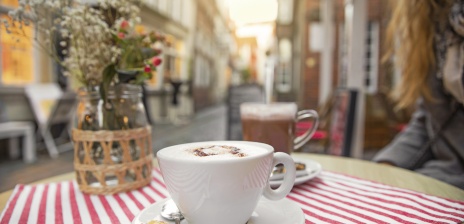
Coffee Culture
Here you can get fresh beans, become a barista or enjoy freshly brewed delicacies.
© WFB / Carina Tank
